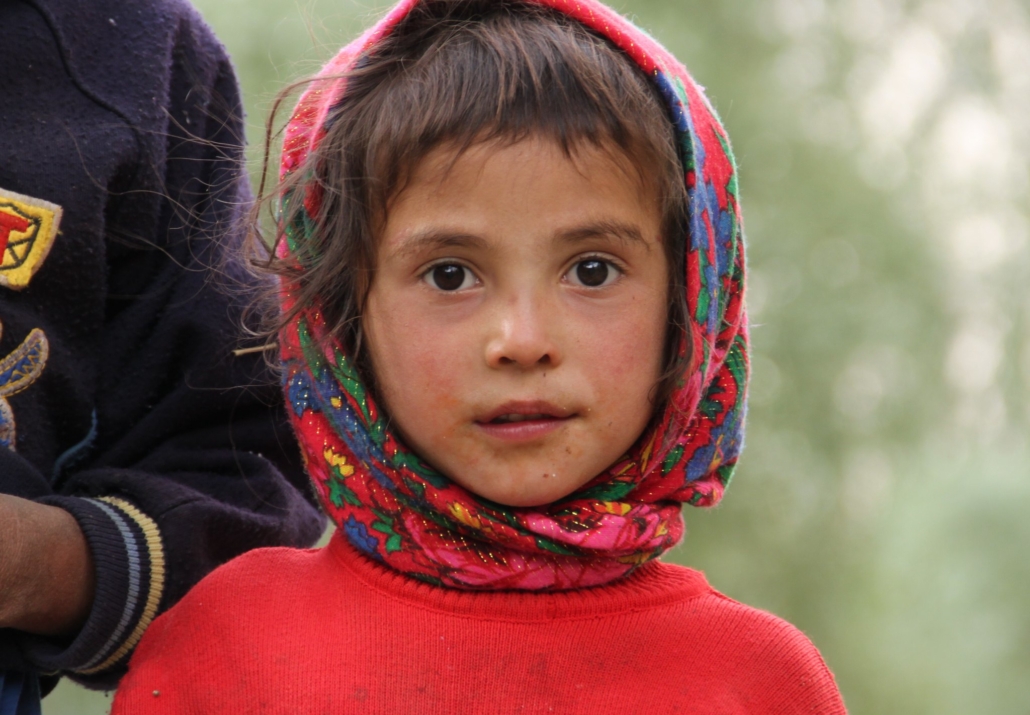Addressing Homelessness in Tajikistan
 After the fall of the Soviet Union, Tajikistan became “one of the poorest countries” in the world. Wages shrunk and access to public services disappeared, forcing many to become independent and depend on their low income. According to Michal Kruzliak, the Development Manager of Habitat for Humanity, living standards worsened as internal wars and economic decline led to financial shortages, resulting in poor house maintenance. As a result, homelessness and Tajikistan has been a challenge.
After the fall of the Soviet Union, Tajikistan became “one of the poorest countries” in the world. Wages shrunk and access to public services disappeared, forcing many to become independent and depend on their low income. According to Michal Kruzliak, the Development Manager of Habitat for Humanity, living standards worsened as internal wars and economic decline led to financial shortages, resulting in poor house maintenance. As a result, homelessness and Tajikistan has been a challenge.
Additionally, civil wars affected the speed of housebuilding, leaving many stranded on the streets. For those who did have access to a home, warmth and comfort were usually absent as huge families had to live in small dwellings and human beings had no choice but to sit upon hard, cold brick and dirt. Even though the economy was beginning to improve, natural disasters like earthquakes quickly reversed the progress this country had made as they damaged more and more houses and left many homeless, according to Habitat for Humanity. As of 2023, 21.2% of the population in Tajikistan remains in poverty, which is almost 1.25 million people.
Habitat for Humanity
Habitat for Humanity is a nonprofit organization that has helped countries worldwide including Tajikistan. Since 1999, this organization has been aiming to end homelessness in Tajikistan by building and repairing houses and assisting more than 7,800 families with finding a home.
Earthquakes have always been a constant problem in Tajikistan. The power of this natural disaster is so strong that it destroys the windows and doors of people’s homes, many of which still have not been fixed. With Habitat for Humanity’s help, many people were given loans to build safer buildings and receive training on how to make their structures more stable, allowing families to better withstand earthquakes and other harsh conditions, according to its Country Profile.
Momajon and Karim completely rebuilt their house with the help of Habitat for Humanity. Typically, housebuilding was an extremely long and complicated process: one would have to wait years before constructing another wall due to the rising prices and declining wages. However, these individuals successfully built their houses from scratch, sharing their newly prized possessions with the rest of their family members through low-interest loans from banks and insurance provided by Habitat Tajikistan. The help they received from the organization did not solely help the process of house building but also provided them with a comfortable life.
UNICEF
The United Nations International Children’s Emergency Fund (UNICEF) is another organization that has helped tackle the health challenges in Tajikistan. Especially for small children, undernutrition has been a significant problem even to this day. According to UNICEF, “As many as 21 percent of children under five are stunted (have chronic malnutrition), including 6 percent who are severely stunted.”
To aid this issue, UNICEF has made investments in care facilities and hospitals, bringing them medicine, equipment and instructions on how to better help the Tajikistan community. Instead of death being the only option for families to face, the people of Tajikistan now have a form of hope to come to after many fall ill due to malnutrition. To further aid families with younger children and infants, this organization also promotes child care through maternal and child services such as increasing child feeding practices in hospitals and giving out more necessary items to household parents. Additionally, because of this organization’s help, 1.4 million children were able to improve on the status of their health, such as with diseases like polio.
Shelter for Life
Shelter for Life (SFL) is an international development organization that is working to provide humanitarian assistance to developing countries, especially through shared local involvement. Specifically in Tajikistan, there was many harsh weather conditions like flooding that hurt property security for many families, leading to a deterioration of many homes. To address the issue of homelessness in Tajikistan and the destruction caused by natural disasters, SFL created innumerable amounts of shelters and latrines and even created a school building as a form of shelter. Additionally, because of the low funding in Tajikistan, the quality of the houses are poor, allowing for a greater chance of destruction when natural disasters like earthquakes hit. Even though this organization cannot directly stop an earthquake, it can and did implement preparedness training to allow many to better recover from the trauma from earthquakes, allowing the effect of homelessness to take a lesser toll.
There is Hope
As seen through the above organizations, much work has been done to address homelessness in Tajikistan. Though problems of malnutrition, health care, lack of shelter and more may continue, these organizations are making a significant difference.
– Linda Yoonseo Lee
Linda is based in Phoenix, AZ, USA and focuses on Good News for The Borgen Project.
Photo: Flickr
